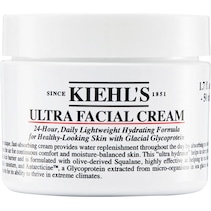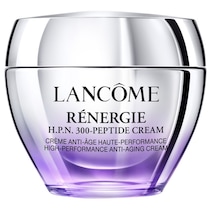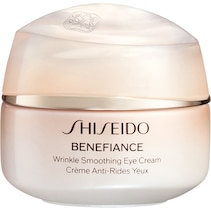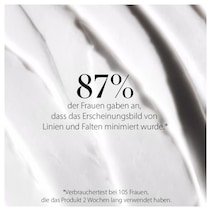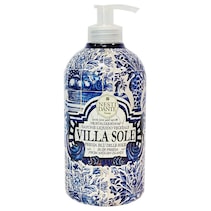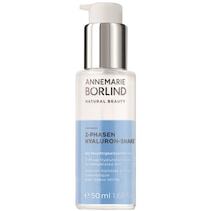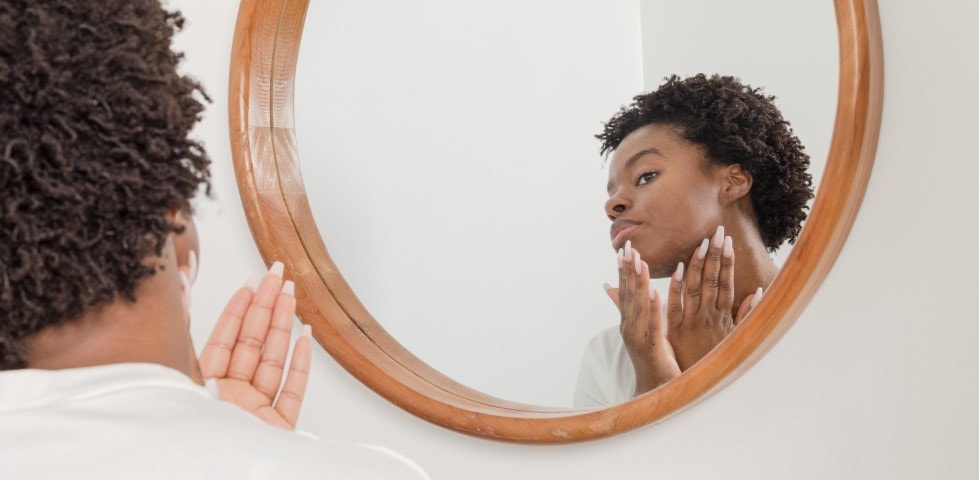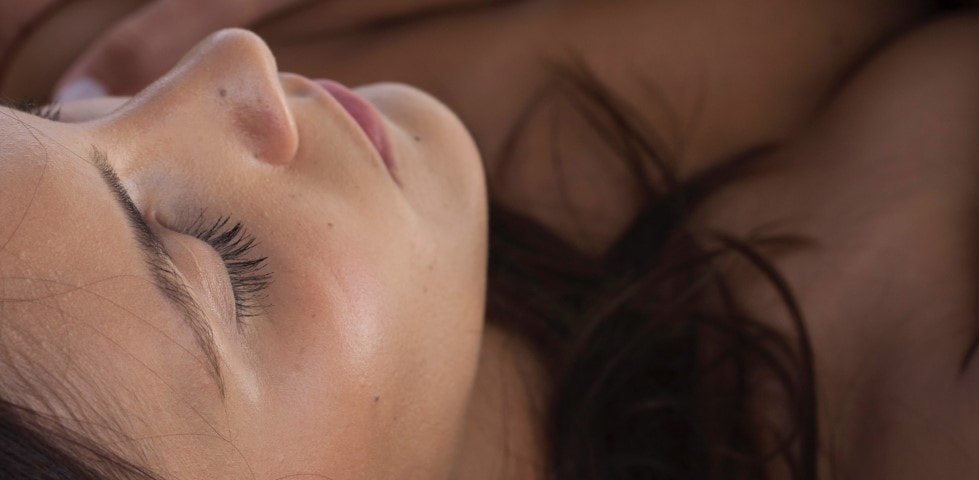
Glycerine – let’s take a closer look at this moisturising miracle
Soaps, toothpaste, emulsions: glycerine is hidden in more everyday products than you might think. Yet this moisturiser is living an undeserved shadowy existence. Compared to other active ingredients and actives, glycerine seems a little outdated in cosmetics. Yet there is much more to this inconspicuous substance than meets the eye. We think that glycerine deserves a round of applause. Today we look at its benefits, debunk the myths and repair its tarnished reputation.
19 August 2024 • 4 min. reading time
Table of contents
Skin care with glycerine
Skin care with glycerine
Cosmetics basics: what is glycerine?
Glycerine is an old acquaintance for our body. The ingredient occurs naturally in fats and oils and features in the human metabolism as a useful intermediate product. In chemical terms, it is a sugar alcohol. Glycerine was discovered in 1779 by Carl Wilhelm Scheele. The substance is therefore considered to be well researched and safe for use in food and cosmetics. It is naturally tasteless and odourless. Its clear, viscous texture makes glycerine ideal for use in all kinds of products.
Glycerine in the skin is still regarded as the best moisture-binder. The reason for this is its hygroscopic properties: it attracts water from the environment like a sponge and binds it in place. The ingredient is obtained from animal and vegetable fats, but it can also be synthesised in the laboratory. The glycerine used in skincare is predominantly synthetic. By the way: The name comes from the Greek word “glykys”, which means “sweet”.
Glycerin and its effects – glycerine benefits for skin
A special feature of glycerine skincare: the individual molecules are very small. This allows them to easily overcome the natural skin barrier and penetrate the epidermis. This is where glycerine works its magic and gives you the following benefits:
- It can increase overall skin hydration.
- Glycerine can counteract moisture loss during the night.
- The skin’s natural barrier function is strengthened.
- Your skin appears plumper and smoother.
- Dryness lines can be reduced.
- Glycerine can increase the skin’s elasticity.
Of course, there are two skin types that benefit most from the glycerine effect: (very) dry skin and mature skin. This is because, as we age, moisture can no longer be retained so well in the skin cells. This is where the sponge-like effect comes in handy. Is your skin prone to redness, irritation and blemishes? Don’t worry. As glycerine is already present in the skin anyway, even sensitive skin types generally tolerate it well.
Glycerine in cosmetics: where is this active ingredient used
Generally speaking, it is quite hard to avoid glycerine in cosmetics. Almost all creams, lotions or serums for dry skin contain the active ingredient. As it is usually used in combination with other, better-known skincare ingredients, glycerine takes a back seat. The care and protection for stressed and dry skin are the main areas of application for this moisturising miracle.
Hand soaps often cause a feeling of tightness after washing. This is why they are often enriched with glycerine to keep the skin supple even with frequent use. However, the sugar alcohol is not solely responsible for this moisturising film. Additional lipids enhance the effect and support the skin barrier at the same time.
Glycerine and cosmetics simply go hand in hand. Of course, you will find it in moisturising serums and face creams, usually combined with hyaluronic acid. But it is also found in mascara, lipstick and make-up. The sponge-like glycerine effect is not just a game changer for your skin. The products themselves also benefit in that they don’t dry out so easily and therefore last longer.
Hand soap with glycerine
Hand soap with glycerine
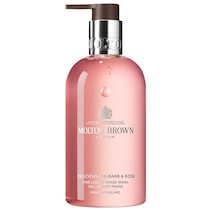
Molton Brown
Delicious Rhubarb & Rose
Collection
Fine Liquid Hand Wash

€ 29.95 € 26.96
- € 22.46
- € 20.22
- € 29.95
- € 26.96
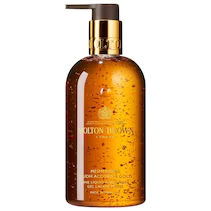
Molton Brown
Mesmirising Oudh Accord & Gold
Collection
Fine Liquid Hand Wash

€ 31.95 € 28.76
- € 23.96
- € 21.57
- € 31.95
- € 28.76
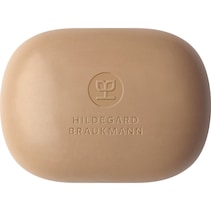
Hildegard Braukmann
Body Care
Care
7 Herb Soap

€ 6.95 € 6.26
- € 5.21
- € 4.69
- € 6.95
- € 6.26
Glycerine myth: can it really dry out the skin?
The beauty world is full of myths and old wives’ tales. One of them has been around for a very long time, and it says that glycerine dries out the skin. That would be the complete opposite of what the active ingredient is actually valued for. But where does the myth come from? It’s simple: Glycerine is known to absorb water like a sponge. Whether from the environment, from the product or from your skin – it makes no difference to the active ingredient where the moisture comes from.
You can probably already tell where we are going with this. If glycerine doesn’t get enough water from other sources, it will ruthlessly take the water from your skin. The consequence: dryness, tight skin, creases. But don’t panic. There are two things that can counteract this phenomenon:
The formulation of the product: skincare should never contain glycerine alone. It should also always contain moisturising substances. Take a look at the INCI list. A substance called aqua, hydrolate or water should appear before glycerine. If it does, you can use the product without hesitation.
The optimum concentration of the active ingredient: Glycerine for skin is usually used at a concentration of between 3% and 5%. This is the safe range. Even up to 10% is considered safe as long as the rest of the formulation contains sufficient moisture. However, if the concentration is higher than this, the positive effects of glycerine gradually turn negative.
A look at the INCI list quickly clears up any concerns. Glycerine should be as far towards the end as possible. This is because the ingredients are listed in descending order of quantity. So, you see, this myth is not completely unfounded, but it can be called a half-truth at best.
Glycerine vs hyaluronic acid – which retains moisture better?
While glycerine tends to be more behind the scenes, hyaluronic acid is considered the real star of the beauty world. But what few people realise is that its effectiveness depends greatly on the size of the molecules. This is because there are different variants of hyaluronic acid. But only one glycerine, and its molecule size is naturally small. Therefore, the skin barrier lets it through and it easily migrates into the deeper layers. Hyaluronic acid can also do this, but only the ultra-short-chain variant is blessed with the same properties. This is why, when it comes to moisturisation, glycerine and hyaluronic acid are not considered competitors, but allies. Because as a team, the two are unbeatable and supply your skin with valuable moisture from the surface right down to the depths.
Skin care with glycerine & hyaluronic acid
Skin care with glycerine & hyaluronic acid

ANNEMARIE BÖRLIND
Eye care
Facial care
Hyaluron Eye Pads

€ 27.81 € 25.03
- € 20.86
- € 18.77
- € 27.81
- € 25.03
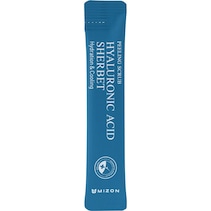
Mizon
Peeling
Facial care
Hyaluronic Sherbet Peeling Scrub

€ 36.95 € 33.26
- € 27.71
- € 24.94
- € 36.95
- € 33.26
Glycerine FAQ:
Takeaway
Glycerine is supposed to dry out the skin? This statement can easily be refuted today. The odourless and tasteless substance with its sponge-like effect is better than its reputation would suggest. Glycerine can look back on a long career as an active ingredient in cosmetics and is here to stay. No wonder, as it is well tolerated and all skin types benefit from its positive properties.


